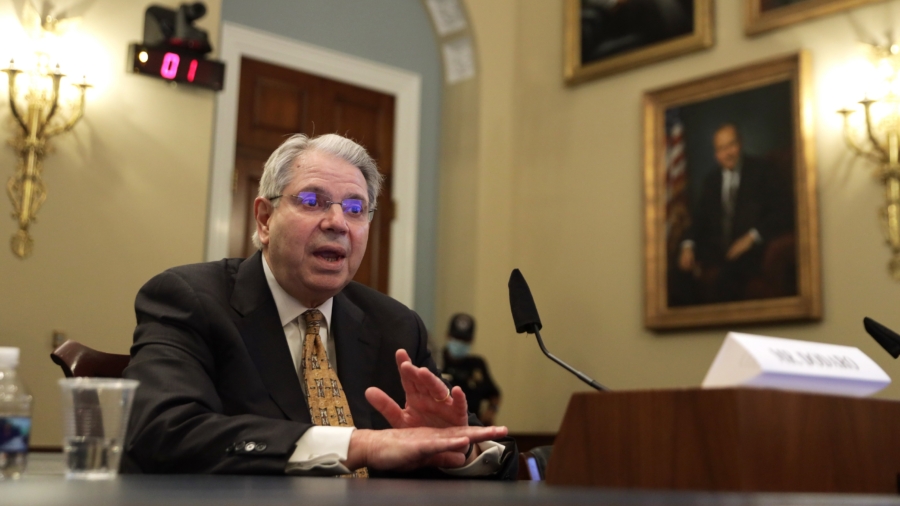A government agency wants to find out just how much taxpayer money is lost to fraud at the federal level.
The U.S. Government Accountability Office is attempting, for the first time, to estimate the total amount of fraud in the entire federal government. Comptroller General of the United States Gene Dodaro said his agency could have an estimate later this year.
The goal is to reduce fraud across all branches of the federal government.
“Measuring and estimating the extent of fraud is part of broader efforts to improve agencies’ actions to strategically manage fraud risk,” said Chuck Young, managing director of public affairs for the Government Accountability Office. “The broader work includes putting those measures and estimates in context so that the federal government can effectively use fraud measurement and estimation to enhance its ability to prevent, detect, and respond to fraud.”
The project is underway, he said.
“We are still in our research and design phase, so we do not yet have a finalized timeframe,” Young told The Center Square. “However, we are striving to complete the work before the end of the year.”
Adam Andrzejewski, the CEO and founder of OpenTheBooks.com, said it was unfortunate that fraud had become a partisan issue.
“Spending hawks in Congress consistently posit that cutting waste, fraud and abuse can yield meaningful savings that can shrink our deficit and eventually make our debt service obligations less crushing,” he said. “Others argue it’s an empty or ephemeral promise, and demand examples of waste and fraud beyond Medicare and Medicaid. A document like this could essentially be the answer to that challenge. It could provide a real roadmap for reining in the rampant fraud that seems to pollute every program that hands out our tax dollars. It can tell us which programs to reform in order to efficiently yield the best gains.”
Existing fraud estimates have limitations.
“Existing data on fraud are insufficient for determining the total amount of federal fraud,” according to a Government Accountability Office report. “For instance, inspectors general report on certain results of investigations but do not uniformly record and report fraud and related data. Similarly, federal programs that report improper payment data do not consistently assess what proportion of those payments were the result of fraud.”
One problem is fraud can be hard to find.
“Because of the deceptive nature of fraud, it isn’t always detected or reported,” according to the report.
That report also noted that government agencies aren’t on the same page when it comes to what constitutes fraud.
“Agencies define fraud differently, making fraud and related data difficult to study across agencies,” the report says.
The Council of Inspectors General on Integrity and Efficiency in its fiscal year 2021 report estimated that recoveries and receivables from investigations totaled $12.1 billion. That estimate included theft and mismanagement of government funds in addition to fraud. The Office of Management and Budget reported confirmed fraud for fiscal year 2021 was $4.5 billion. But neither estimate is considered to be all that precise.
“This number may not include all confirmed fraud data,” according to the Government Accountability Office report. “For example, the Department of Defense reported at least $1.1 billion in confirmed fraud to CIGIE in fiscal year 2021, but reported $0 in confirmed fraud to OMB in the same period. These disparate figures raise questions about the quality of reported federal fraud data.”
In fiscal year 2022, the federal government spent $6.27 trillion, according to the U.S. Treasury. National debt exceeds $31 trillion.
Andrzejewski said an official Government Accountability Office fraud estimate could help policymakers and taxpayers.
“Americans understand intuitively that the scope and scale of the fraud within federal programs is enormous,” he said. “Getting our arms around exactly how bad it is, and where elected officials should devote the time to improve matters would be a real victory.”
By Brett Rowland

